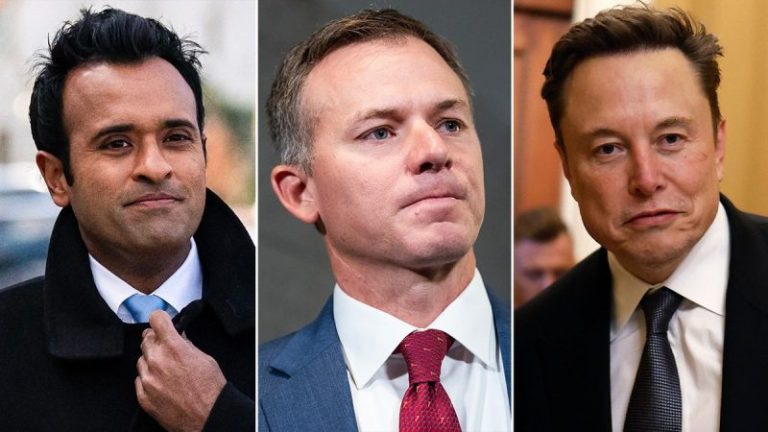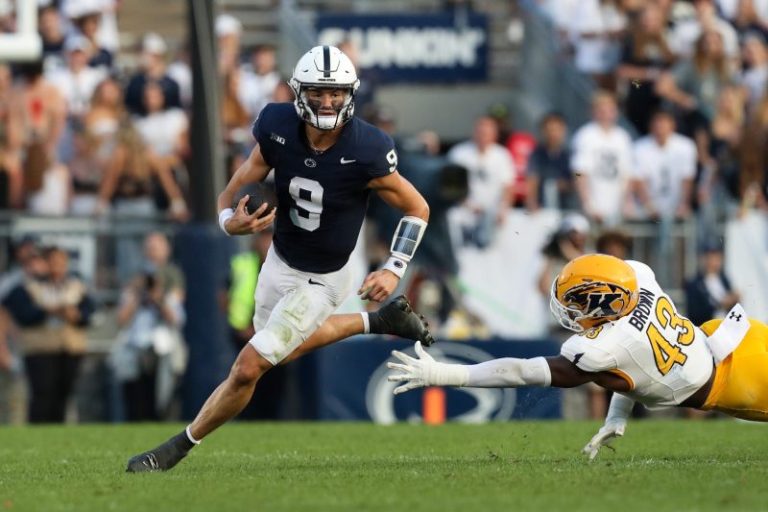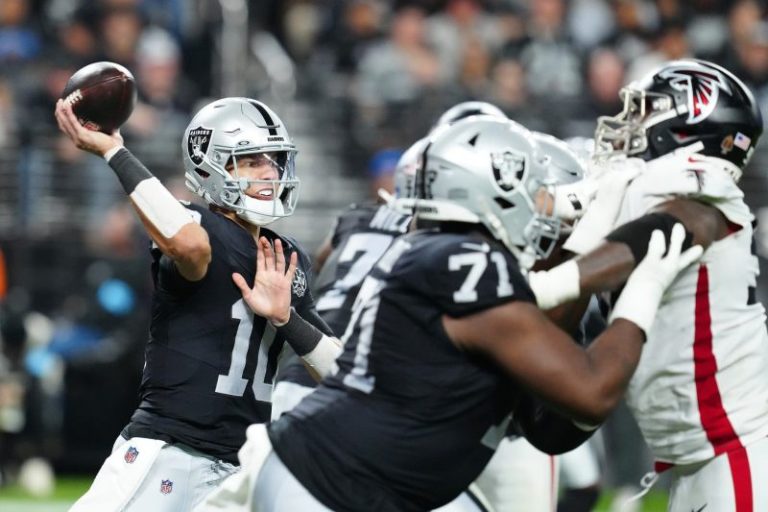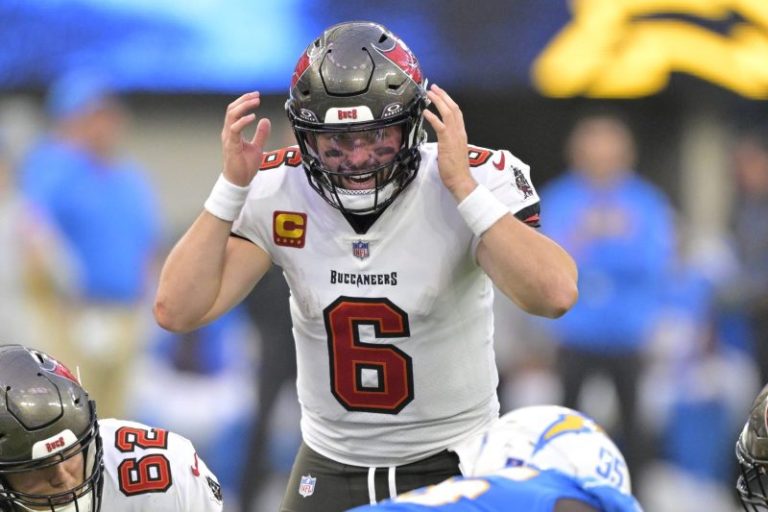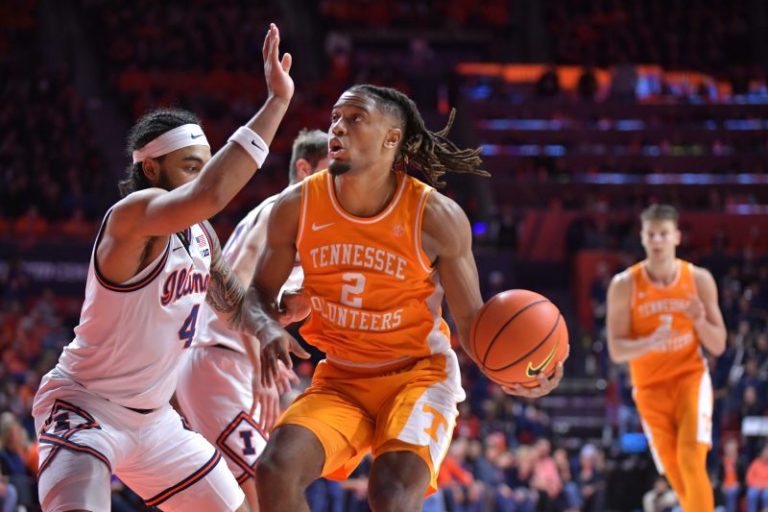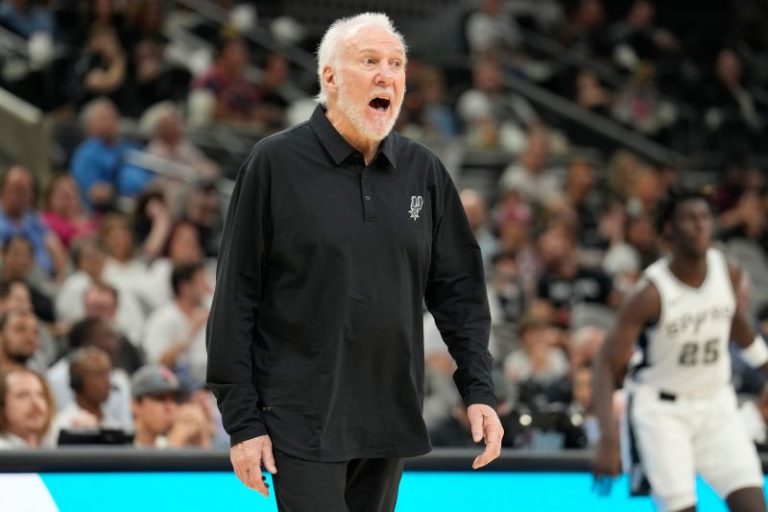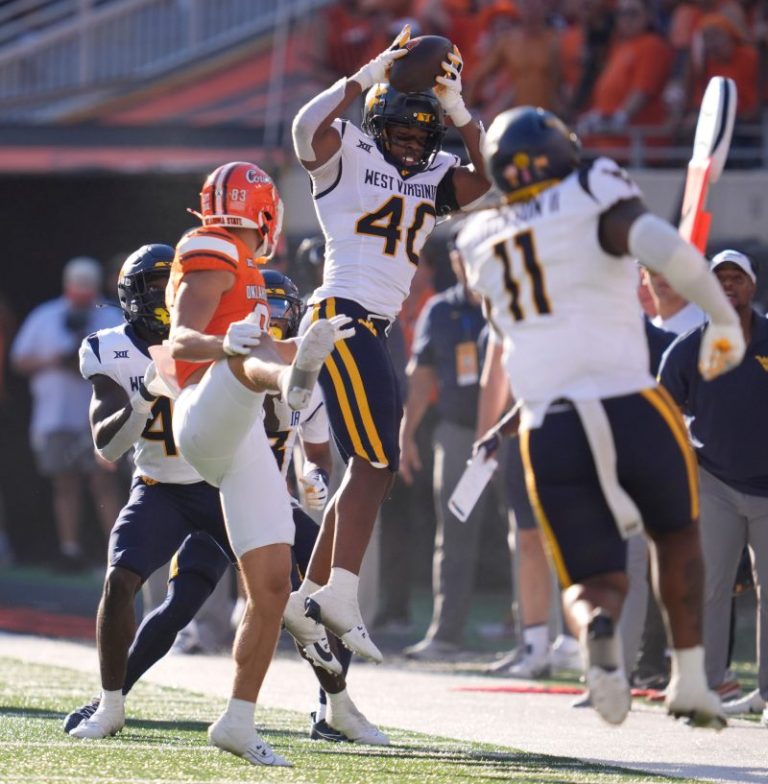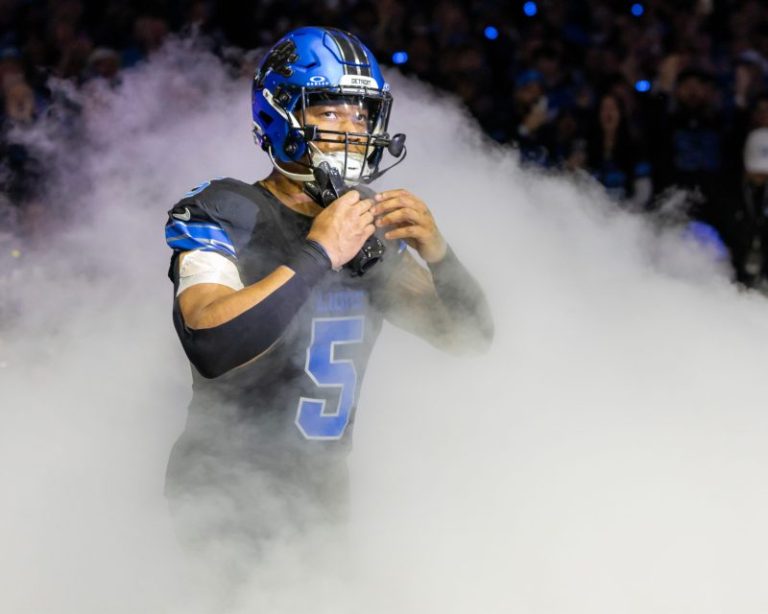‘President-elect Donald Trump’s popularity has reached a seven-year high and the majority of Americans approve of his handling of the transition process,’ Forbes recently reported. ‘A majority of respondents to a CNN/SSRS poll released Wednesday said they believe Trump will do a good job when he returns to the White House next month (54%),’ the story continued, ‘and approve of how he’s handling the transition so far (55%).’
These numbers are in sharp contrast to eight years ago when Donald Trump was ‘President-elect’ the first time. Pew Research Center conducted a national survey from Nov. 30-Dec. 5, 2016 and found that, among the 1,502 adults surveyed then, only ‘40% approved of Trump’s cabinet choices and high-level appointments, while 41% approve of the job he has done so far in explaining his policies and plans for the future.’
It’s not an apples-to-apples comparison, but the level of approval today is sharply higher than eight years ago. The big—and significant—question is: Why?
The easy and perhaps too obvious answer is that President-elect Trump 2.0 is not President Joe Biden, whereas President-elect Trump 1.0 was not President Barack Obama.
Obama left the White House—using Pew numbers again—with a job approval rating just below that of Presidents Reagan’s and Clinton’s when they exited. ‘58% approve of [Obama’s] job performance, while 37% disapprove,’ Pew told us eight years ago.
Biden’s approval number in late November this year—turning to Gallup this time—is at 37%, and some of that sampling came before the widespread criticism of the pardon by Joe Biden of Hunter Biden. Could Biden drop further? Absolutely.
So ‘not being Biden’ (or Vice President Kamala Harris for that matter) is helping the numbers of the once and future President Trump.
But that is not the explanation in my view. 55% may represent a new ‘ceiling’ for the approval of all new presidents going forward in our deeply divided nation these day, but why has Trump’s numbers soared from the 40% eight years ago to today’s approval rating?
Two additional possible explanations beyond ‘He’s not Joe or Kamala.’
First, the Trump upset in 2016 was shocking and even painful to Manhattan-Beltway media and political elites. I know this first-hand from having been on the set of ‘NBC Election Night Coverage’ from 30 Rock eight years ago. As events unfolded on that memorable night in 2016, it was far more than a surprise that swept the NBC studios. It was a thunderclap of a reality of which a legacy news organization was wholly unaware might be coming, and it left a stunned, disbelieving newsroom in its wake. (Two floors of newsrooms, in fact, as MSNBC was one floor lower than the NBC News Election Night set). A lot of the shock and pain among legacy media elites became a sort of ‘referred pain’ among the population at large. The country was shocked because Big Media was shocked in 2016, and as legacy media’s anger and disbelief spread out, much of the country reeled along with those elites.
How bad was this Trump presidency going to be? Media elites had not really considered the possibility that Trump might win, and so what they said or implied that night out loud, or via appearance or body language was absorbed. The folks with platforms —at least the vast majority of them within legacy outlets—instantly concluded that a Trump presidency would be terrible for the country, and their collective gasp sent stock futures plunging. The markets recovered their balance quickly, but not the psyches of Manhattan-Beltway media elites. The onset of ‘Trump Derangement Syndrome’ was instantaneous. And until this November’s blowout win for Trump, ‘TDS’ only worsened.
Trump had never spent one night in D.C. this time eight years ago, and the shock of his 2016 win was followed by prophecies of doom from the usual suspects that never stopped, and the ‘Resistance’ was already taking up their stations in the media. The ‘pink hats’ were booking their flights to Trump’s Inauguration day-after counter-demonstration. ‘Hillary was supposed to have won, damn it,’ and when she didn’t, the media elites and the political left went into overdrive to persuade America that Trump was, at best, completely corrupt and possibly an authoritarian. Eight years later, after endless investigations and years of lawfare, it turns out the majority of Americans aren’t buying what legacy media is selling anymore.
But that’s not it either. Trump’s previous highest approval rating until this new ‘honeymoon season’ of 2024 was 49% —and that number was reached only at the start of 2020, as three years of low taxes and deregulation combined with surging energy production had America cooking with gas…until COVID hit.
That Trump is now at 55% is nothing short of astonishing, as the past five years since that 49% have been, well, event-filled.
The events themselves, neither January 6 nor especially the catastrophic failures of the Biden presidency, explain the ‘Trump jump.’ The comparison of 45-47 with an infirm and failed president does certainly help Trump, as does the cratering of trust in legacy media and perhaps a reversion to the norm of good wishes for an incoming president. Media isn’t as hysterical as it was eight years ago.
Rather, Trump’s new approval rating is because of, wait for it, Trump.
The fact is people now have a side-by-side comparison of government under the direction of a brash real estate developer and television star who is fueled by superlatives and big goals versus the prospect of more of the left’s managed decline along with a mandatory switch to EVs and boys playing in girls sports. America got a big dose of the ‘United States of Europe’ vs the United States of America, and it turns out we prefer the latter. We like our presidents to be unapologetically patriotic, optimistic and full of bonhomie.
Don’t mistake my meaning. Manhattan-Beltway legacy media elites are shocked at Trump’s triumph, and very angry again —enraged even— but the public’s willingness to share the referred pain of those elites has fallen, precipitously. Having lost the trust of the public in an almost incomprehensible but very comprehensive fashion, the mutterings of journalists not only don’t matter much, they actually are helping Trump get off to a good start on his second presidency.
Most of America has simply dismissed the legacy media from the conversation it is having about Trump. Legacy media are no longer trusted, period. It hates Trump? So what? The collective influence of legacy media is now below that of ‘public health authorities,’ and that’s at rock bottom.
My proposition: Trump is more popular today than ever before because Americans like optimism and Trump’s not only selling hope, he believes in it. Combine that affection for an elected leader who believes in the country and it’s essential goodness with the crumbling into dust of the credibility of Trump’s critics and the disasters of the Biden years, and you get 55% instead of 40%.
The only question left to answer is how high can that number go when Trump delivers on the border, the defense rebuild, the return of deregulation and the extension of Trump’s tax cuts? If you are wishing the country well, you should be hoping that Trump’s numbers, like those in the markets, continue to rise.
Hugh Hewitt is host of ‘The Hugh Hewitt Show,’ heard weekday mornings 6am to 9am ET on the Salem Radio Network, and simulcast on Salem News Channel. Hugh wakes up America on over 400 affiliates nationwide, and on all the streaming platforms where SNC can be seen. He is a frequent guest on the Fox News Channel’s news roundtable hosted by Bret Baier weekdays at 6pm ET. A son of Ohio and a graduate of Harvard College and the University of Michigan Law School, Hewitt has been a Professor of Law at Chapman University’s Fowler School of Law since 1996 where he teaches Constitutional Law. Hewitt launched his eponymous radio show from Los Angeles in 1990. Hewitt has frequently appeared on every major national news television network, hosted television shows for PBS and MSNBC, written for every major American paper, has authored a dozen books and moderated a score of Republican candidate debates, most recently the November 2023 Republican presidential debate in Miami and four Republican presidential debates in the 2015-16 cycle. Hewitt focuses his radio show and his column on the Constitution, national security, American politics and the Cleveland Browns and Guardians. Hewitt has interviewed tens of thousands of guests from Democrats Hillary Clinton and John Kerry to Republican Presidents George W. Bush and Donald Trump over his 40 years in broadcast, and this column previews the lead story that will drive his radio/ TV show today.


